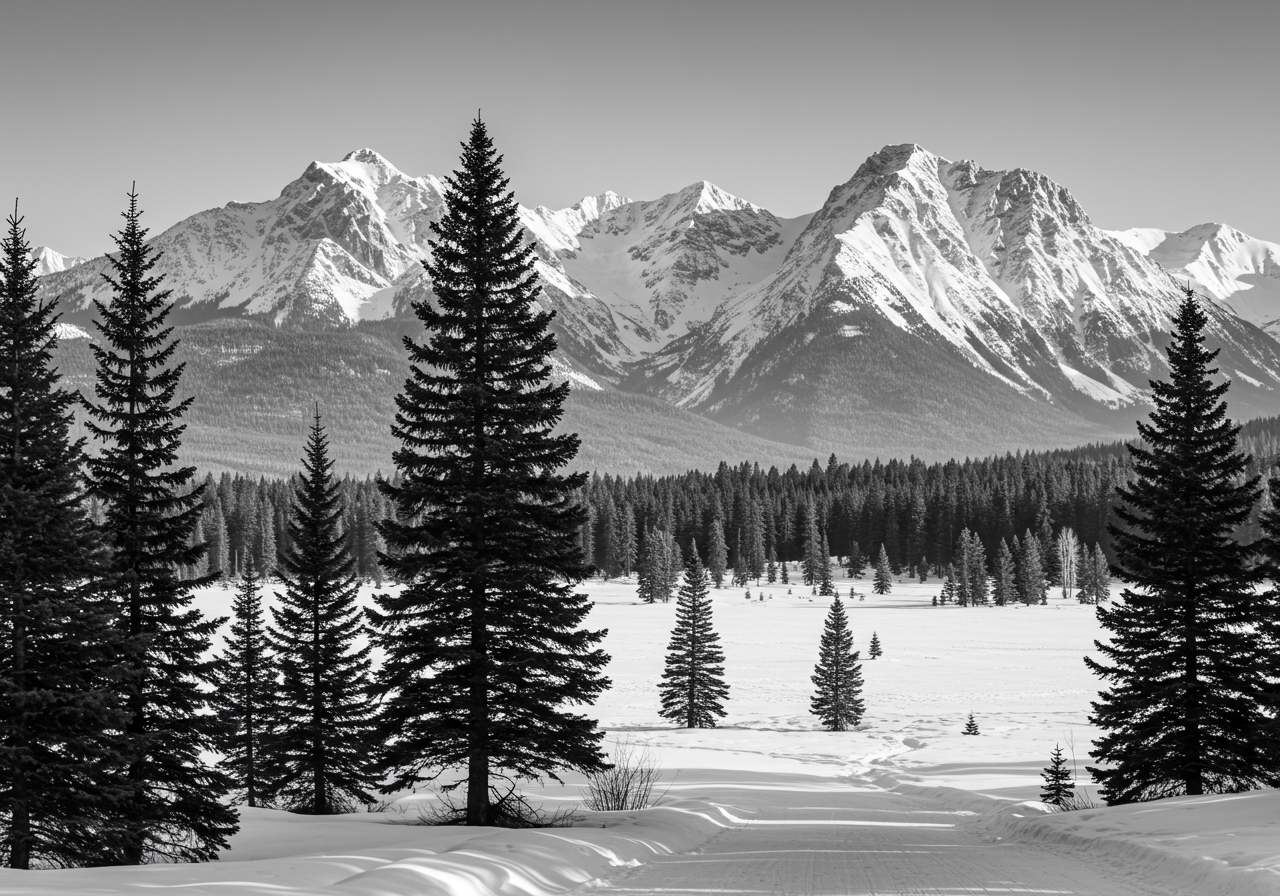Understanding Geotechnical Surveys in Big Sky: What You Need to Know
If you’re considering buying land or building a property in Big Sky, Montana, conducting a geotechnical survey is an essential step. These surveys provide critical information about the soil and ground conditions, ensuring that your investment is built on a solid foundation. In this guide, we’ll explore what geotechnical surveys in Big Sky (often called geo techs) entail and how Mia Lennon can assist you with your real estate needs.
What is a Geotechnical Survey?
A geotechnical survey is a detailed analysis of the soil, rock, and subsurface conditions of a specific site. Conducted by professional geotechnical engineers, these surveys assess factors such as soil composition, groundwater levels, and rock formations. This information is crucial for determining the site’s suitability for construction and designing appropriate foundations.
Key Components of a Geotechnical Survey:
1. Soil Testing: Analyzes the type and strength of the soil to determine its load-bearing capacity.
2. Groundwater Analysis: Identifies the presence and level of groundwater, which can affect construction plans.
3. Slope Stability: Evaluates the risk of landslides or soil erosion, especially important in hilly areas like Big Sky.
4. Seismic Risk Assessment: Assesses the potential impact of seismic activity on the site.
Why Are Geotechnical Surveys Important in Big Sky?
The stunning mountainous terrain of Big Sky presents unique challenges and opportunities for real estate. Here’s why geotechnical surveys in Big Sky are particularly important:
1. Mountainous Terrain
Big Sky’s beautiful mountain views come with complex geological features. The hilly and rocky terrain can pose challenges for construction, making it essential to understand the soil’s stability and structure before building.
2. Variable Soil Conditions
The soil composition in Big Sky can vary significantly from one location to another. A geotechnical survey helps identify areas with poor soil conditions that might require special foundation techniques or improvements.
3. Weather Considerations
Big Sky experiences heavy snowfall and seasonal weather changes, which can affect soil moisture and stability. Geotechnical surveys take these factors into account to ensure that buildings can withstand the local climate.
4. Safety and Compliance
Understanding the geotechnical aspects of a site helps ensure that the construction complies with local building codes and safety regulations. It also minimizes the risk of structural failures and associated liabilities.
The Process of Conducting a Geotechnical Survey in Big Sky
Conducting a geotechnical survey involves several steps, each crucial for gathering accurate data and insights:
1. Preliminary Investigation
- Site Visit: The geotechnical engineer visits the site to assess its general conditions and identify potential challenges.
- Historical Data Review: Analyzing previous geotechnical studies or geological maps of the area can provide valuable context.
2. Field Investigation
- Soil Sampling: Engineers collect soil samples using boreholes and test pits to analyze in the lab.
- In-Situ Testing: Tests such as Standard Penetration Tests (SPT) are performed on-site to assess soil density and strength.
- Groundwater Monitoring: Observing groundwater levels over time to understand fluctuations and potential impacts.
3. Laboratory Testing
- Soil Classification: Determining soil types, such as clay, sand, or gravel, and their properties.
- Shear Strength Tests: Evaluating the soil’s ability to withstand stress and prevent landslides or collapses.
- Compaction Tests: Assessing the soil’s compaction characteristics to ensure proper foundation support.
4. Analysis and Reporting
- Data Interpretation: The engineer analyzes the data to understand site conditions and potential challenges.
- Report Preparation: A detailed report is prepared, including recommendations for foundation design and construction techniques.
How Mia Lennon Can Help You in Big Sky
When it comes to finding the perfect lot or parcel and navigating the complexities of real estate in Big Sky, Mia Lennon is your go-to expert. With extensive knowledge of the local market, Mia can assist you in several ways:
Finding Land in Big Sky
Mia Lennon can help you find the ideal piece of land in Big Sky that suits your needs and budget. Whether you’re looking for a secluded mountain retreat or a prime slopeside location, Mia’s expertise will guide you to the right property.
Recommending Engineers and Professionals
Understanding the importance of geotechnical surveys, Mia can recommend trusted geotechnical engineers and other professionals who can assess your site and provide valuable insights for your project.
Your Trusted Source for Big Sky Real Estate
As a dedicated real estate professional, Mia Lennon is committed to providing you with comprehensive support and guidance throughout your real estate journey. From initial land searches to closing the deal, Mia’s personalized approach ensures a seamless experience.
Conclusion
Geotechnical surveys in Big Sky are essential for ensuring the safety and stability of your real estate. By understanding a site’s unique geological features, you can make informed decisions and build with confidence.
Whether you’re buying land or looking to invest in Big Sky real estate, Mia Lennon is here to help. Contact Mia today to explore opportunities and get expert guidance on your next property venture.

